The Sand Eel Bite
By Ed Mitchell
The coastal fly rodder sees many combinations of predator and prey; each staged in its own circumstance and season. Still, in my opinion, if you had to capture in a single scenario the essence of Northeast saltwater fly-fishing, it would be walking and wading a long sandy strand in the ebbing light, as terns wheel overhead and striped bass swirl on sand eels.
Along the beaches of New England and out on the islands some of the finest of this fishing of the year often takes place from late May into early July, a period when the seasonal movements of striped bass and sand eels collide. Sand eels have pushed inshore from their wintering grounds in deeper water. At roughly the same time, pulses of migratory stripers are surging up the coast, especially on the stronger moon tides. Ravenous from the energy demands of their northern trek, these bass focus heavily on sand eels, chowing down with a vengeance.
Many sandy shores hold sand eels, but the largest schools are frequently found downtide of an inlet or estuary mouth. Also expect them along sandy shores where tidal or long-shore currents supply a steady stream of plankton. Still didn’t find them? Terns depend on sand eel to feed their young, so any beach where terns nest is an excellent bet.
Sand eel are a provide wonderful fishing opportunity for several reasons. They are the easy to match with a fly; they attract striped bass including large ones; and sand eels are creatures of habit, often returning year after year to favorite haunts. Moreover, sand eels follow a set behavior cycle, making the action easy to find. On most shorelines you can depend on three distinct “bites” each day - a “dusk bite”, a “night bite”, and a dawn “bite”. Each with its own challenges. Let’s take a look all three and then we talk flies and retrieve styles.

Dusk Bite
During the day, especially a bright one, the sand eels stay out from shore. But as the shadows lengthen in late afternoon, they move in tight, often at the water’s edge, in preparation to bed down of the night. Soon your apt to see swirls as bass intercept them. While dusk fishing is not usually fast and furious it frequently supplies several hours of steady action. And may fit perfectly into your afterwork schedule. Moreover, it is highly enjoyable. You see the bait. You see the swirls. And at times, you may even see stripers cruising right by your rod tip. It can be a very visual game.
The sand eel schools will be in motion, moving along the beach and you should be ready to move with them to stay in touch them. If there is no surface activity, let the terns be your eyes. Terns feed heavily on sand eels. Note where the terns are circling and hitting the water. Quickly hike in that direction start casting. As darkness settles in the sand eels bury themselves in the bottom to hide from striped bass. Consequently, the action tapers off. But fear not the best fishing lies ahead.

Night Bite
Expect things to go quiet for an hour or two after sunset. As full darkness envelopes, some of the sand eels remerge from the sand to feed. Since the only plankton at night is right on top, these sand eels cruise just under the surface. And by now many more bass have arrived. Things start to bust wide open around midnight, especially on moving water. Stripers are “popping”, and swirls cover the water. The “bite” is in gear.
We going to look into retrieve styles in a moment, but allow me do some groundwork here. At night your retrieve speed should be a crawl. If you know your fly is traveling through feeding bass, and you are still not getting any strikes, drop the speed even further. Believe me wherever sand eels are extremely numerous, stripers have no reason to chase a fly. You have to slink it slowly by their face. In fact, if it moves even a hair too fast, the number of strikes you get will fall off dramatically. Note too that a fly dead in the water or simply hanging at the end of a swing works for the same reason.

Dawn Bite
As dawn approaches sand eels rise from the sand to reform their schools. During this emergence, sand eels are frequently far more concentrated than they were at dusk. So, expect the action to be intense, but isolated to only a few places along the beach. If you know where the majority of activity occurred during the night, you are in good shape. Likely the best of the dawn fishing is apt to take place in that general area.
Unlike dusk fishing, the dawn bite can be fast and furious. Still there is a tradeoff. Dawn action is often very short lived. Therefore, timing is critical. In late spring, this bite starts to shape up around 3 AM in the false dawn light prior to sunrise. Since the wind is usually calm around dawn, even in this weak illumination swirls are apt to be visible. Expect the action to build rapidly as the light rises and then just as rapidly die away as the sun peaks over the horizon. Total prime fishing time may only be an hour or less, although exceptions certainly exist. So set your alarm!

The Right Fly
Sand eel are small slender fish and your flies should reflect that basic silhouette. In the color department they tend to be mint green over white. Granted in places with muddy water, they may be black over white. And I have even seen them take on the color of the local sand. But don’t fret too about color. You’ll do fine with green over white in the light and all black flies at night. How about fly length? Although, sand eels are relatively easy to find, they vary a good deal in size from location to location. Obviously, you want to your flies to match the size of the sand eels on your favorite beaches. In nearshore shallow protected waters, adult sand eels typically grow upwards of 4”. So, we can use that as our upper level. But here is a warning. There is an offshore variety of sand eels, reaching 6” or so, but these are far less common.

Besides adults, however, you’ll also encounter juveniles sand eels. In fact, these juveniles can be the primary forage on some shores. So be prepared, or end up frustrated. The smallest ones are young-of-year, born back in January. These tiny pups are 1.5” or less and hardly bigger than a paper match. I have used flies this small, but I recommend going slightly bigger, simply to make you fly standout. Let’s say 2” - this is where I aim.
Saltwater Edge Sand Eel Flies
Most of my flies are unweighted, but a sinking sand eel flies can be deadly effective at times. They certainly are strong medicine in a fast deep rip. On the other hand, floating sand eel flies, such as sliders, are a must have. They have proven themselves time and again. The mini “Farnsworth Slider” is the most effective one I ever used. It is made from balsa wood, never sinks, and rides just right to leave solid wake.
Right Retrieve
With the right fly your half-way home; now you also need the right retrieve. Sand eel flies can be fished effectively employing either the traditional one-handed strip or the two-handed retrieve. I much prefer the latter, finding it far better at detecting even the lightest bite. In addition, the two-handed strip puts you in perfect position to strip-strike, by far the best method to set a hook. Regardless which retrieve style you use, keep your rod tip down near the water. Stripers don’t always slam a sand eel fly; they can pick it up softly especially at night. If you want to detect these light bites you needed minimal slack between you and fly.
Your retrieve speed is often a critical part of your success. At dusk and dawn, a slow to moderate retrieve is the ticket, nothing fancy here. As I mentioned prior, however, after dark, things change. Under the stars your retrieve speed should drop into low gear. If you know the fly is traveling through feeding bass, and you are not getting any strikes, drop the speed even further. How slow? Try moving the fly forward at a rate of roughly an inch or two every three or four seconds. Now that is difficult for many anglers to do, especially when they hear the bass chewing. And if the water is rough, such a slow retrieve makes it impossible to maintain contact with the fly. But believe me wherever sand eels are stacked in solid, stripers have zero reason to chase food. You have to inch it by them. The only exception is when fishing sliders at night. Sliders work best with enough speed to push some water and create a wake.




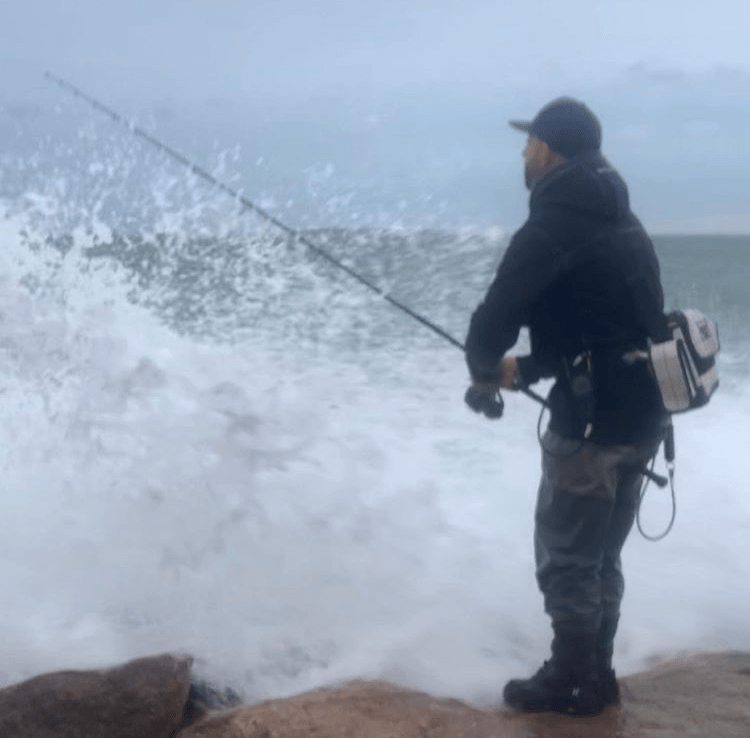

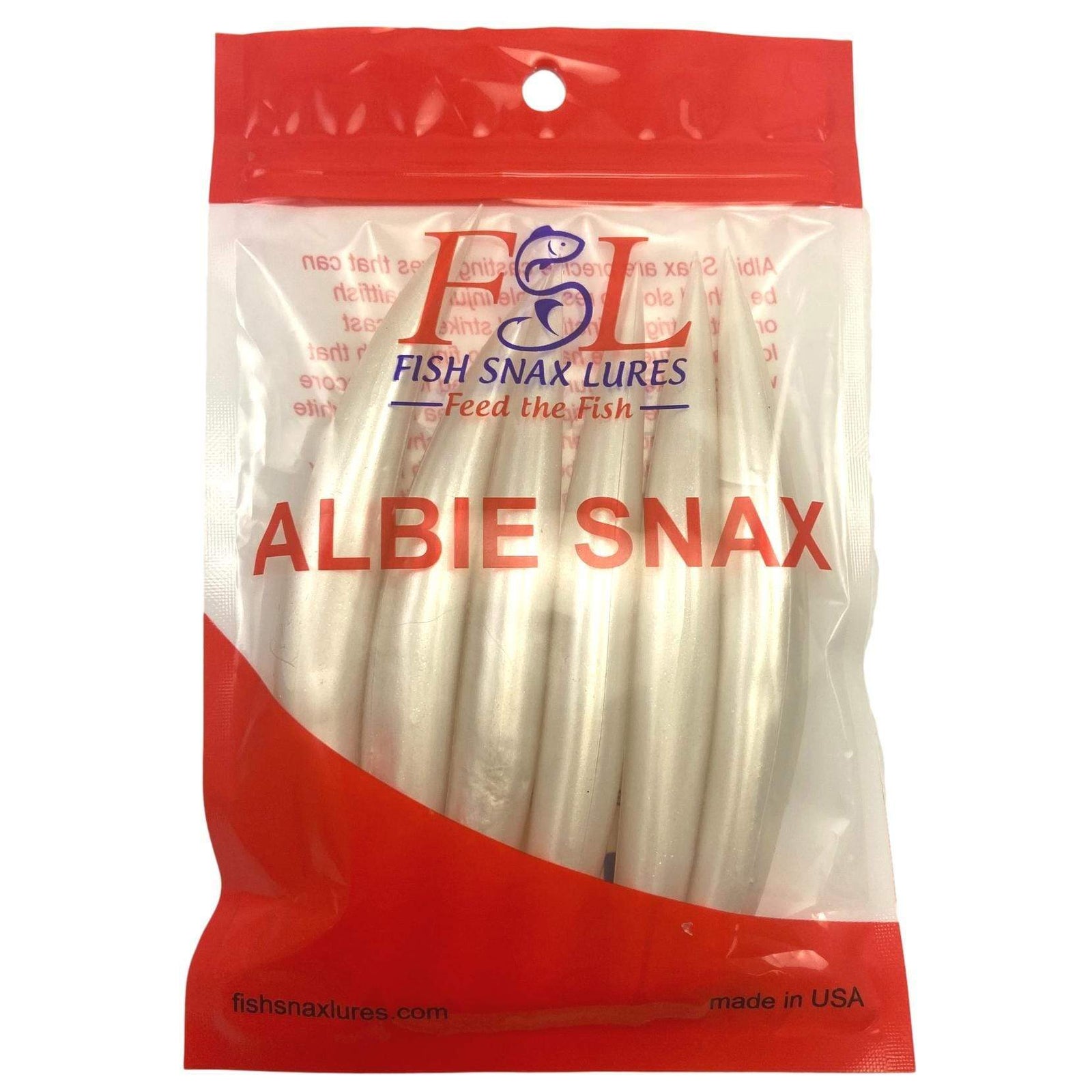

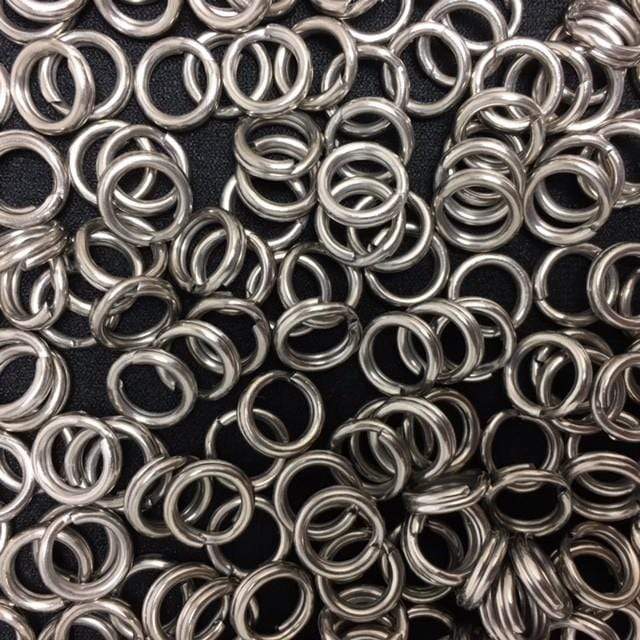
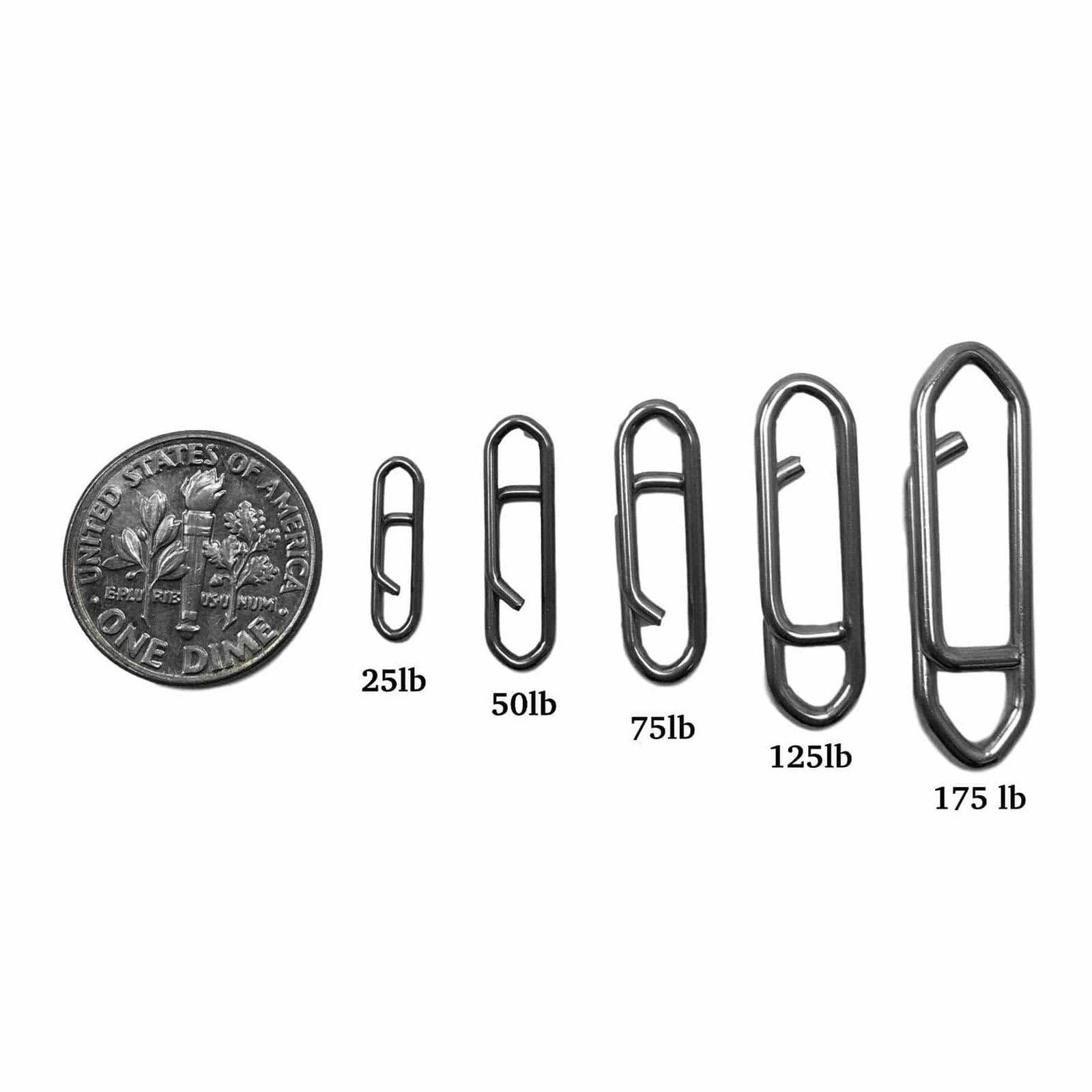




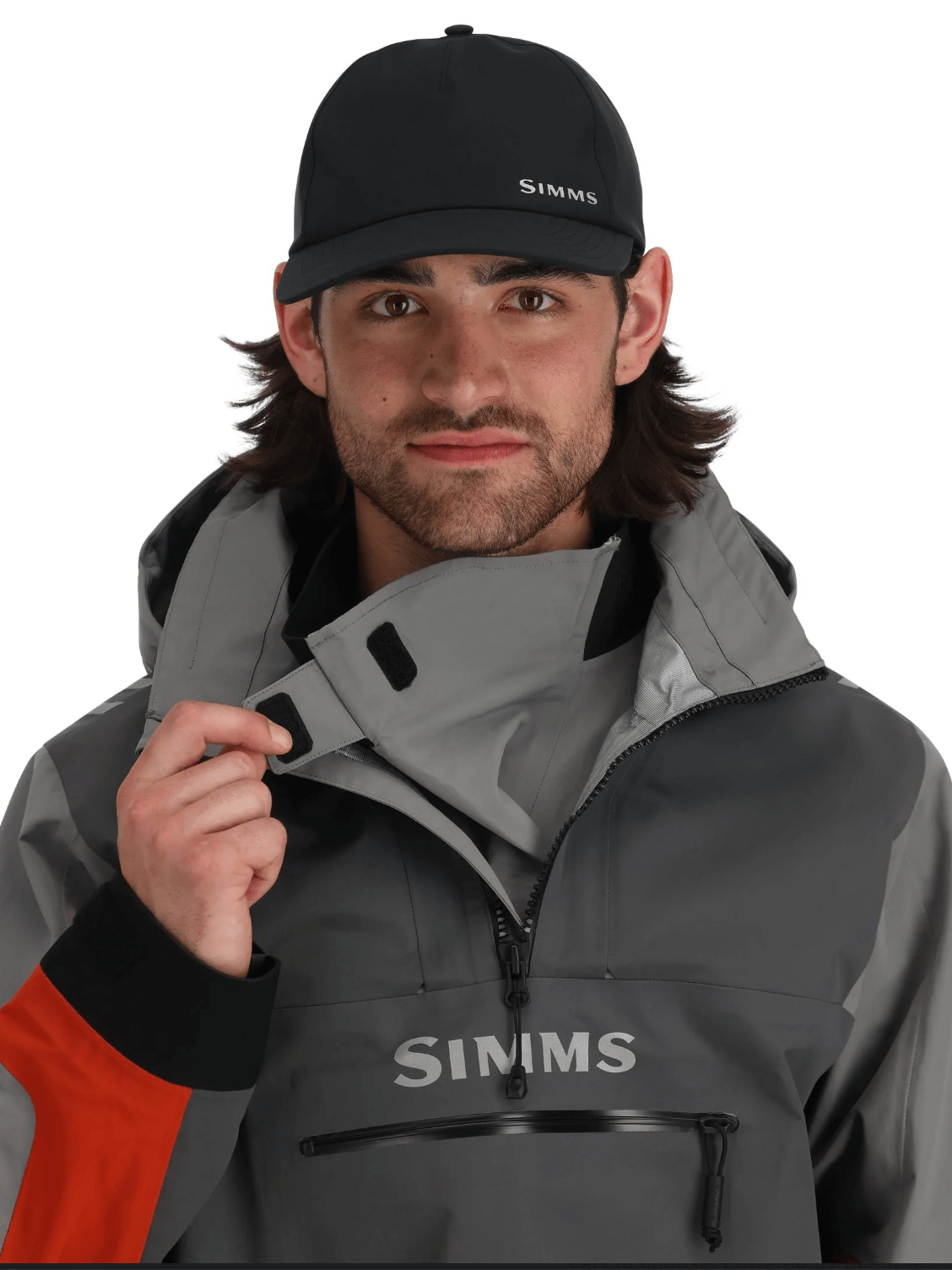

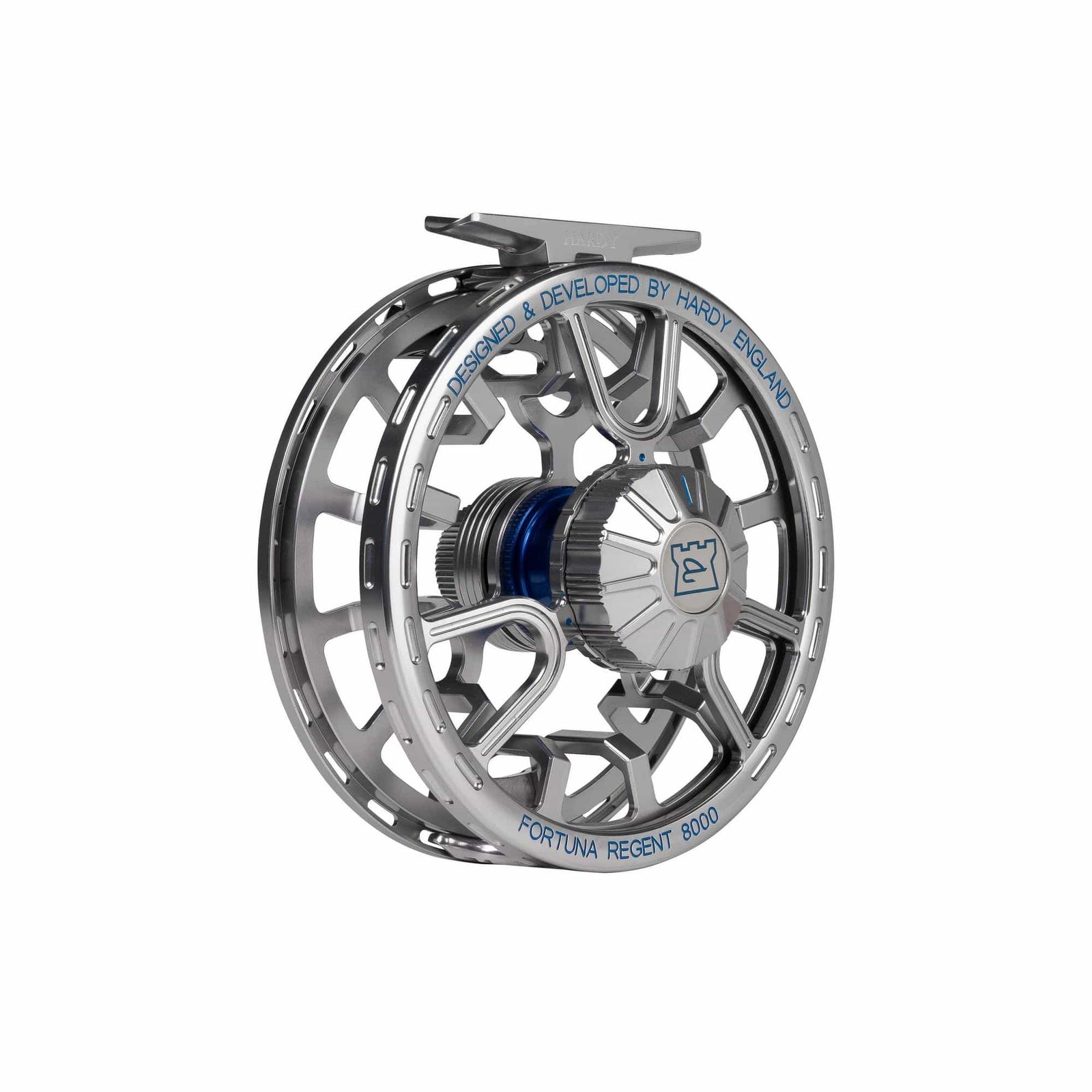
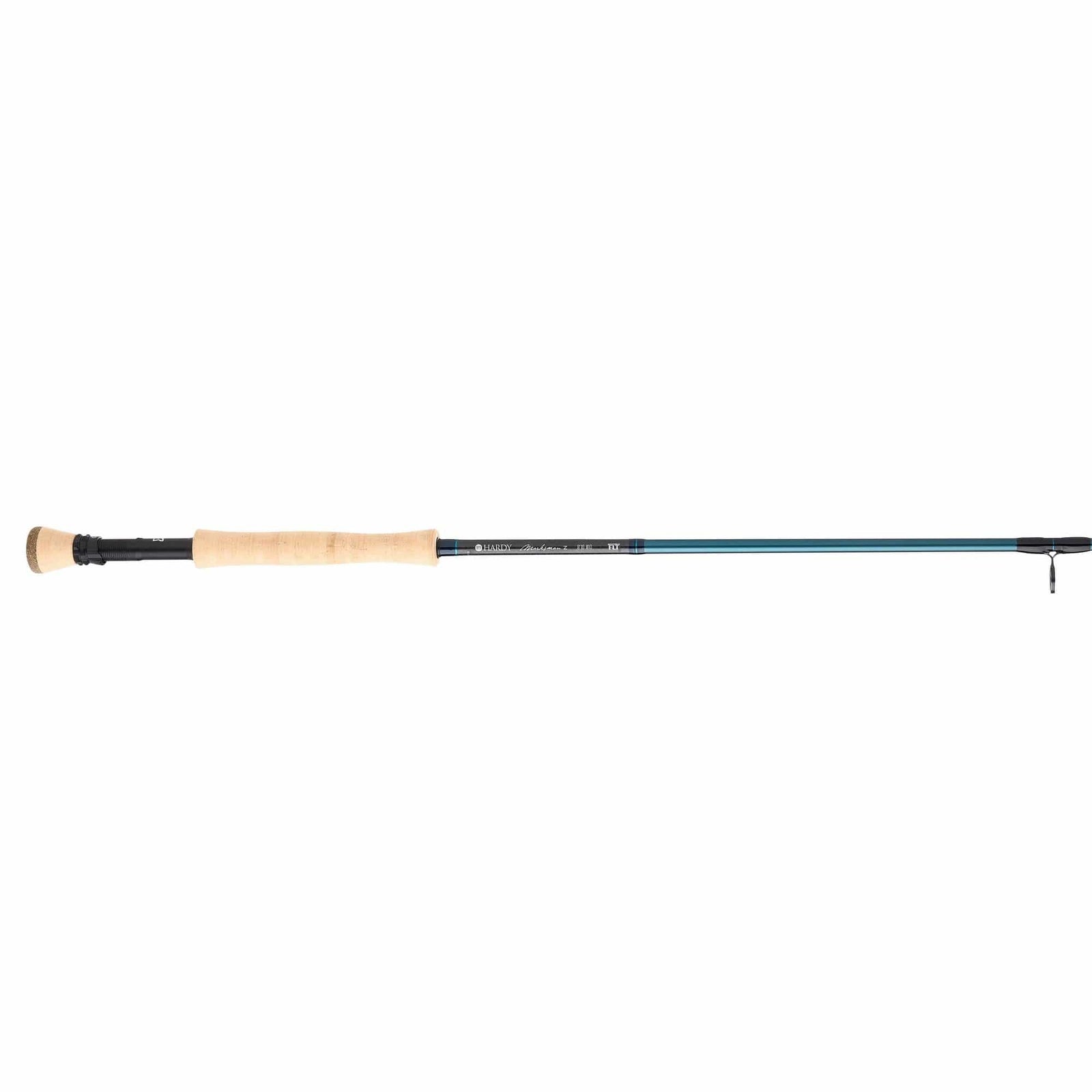

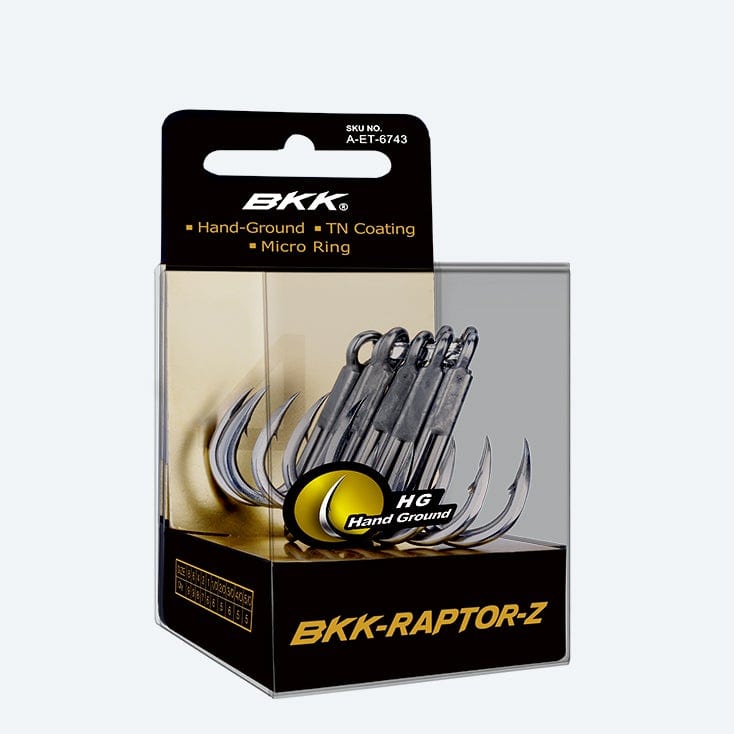

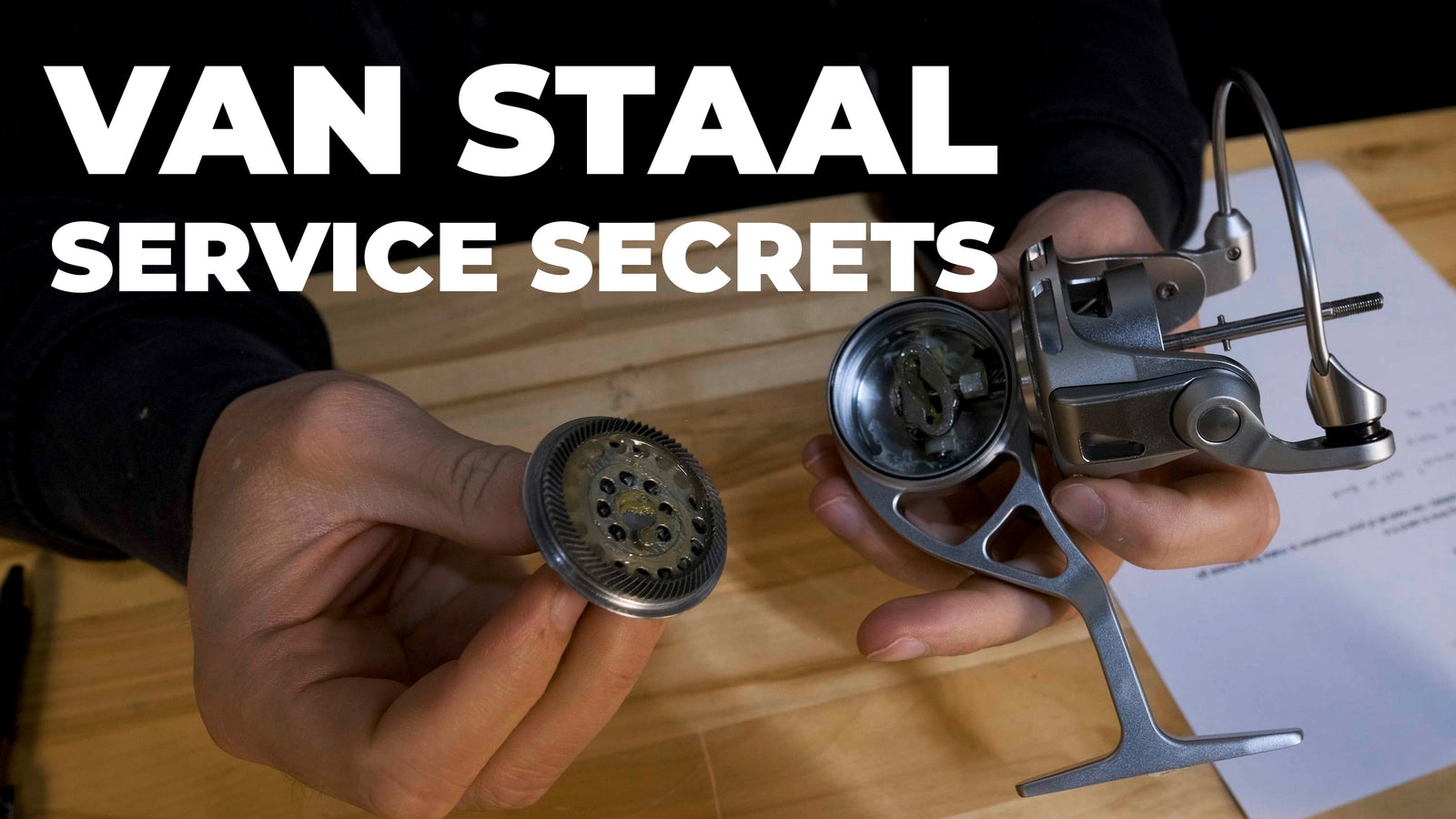


Michael Pineault
July 31, 2023
Wonderful article. I always enjoy Mr. Mitchell’s commentary. He is very informative as well as interesting. Great information. Thank you.